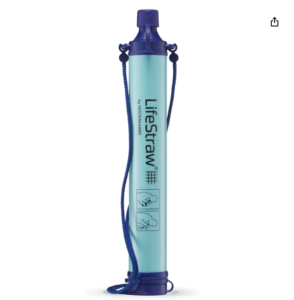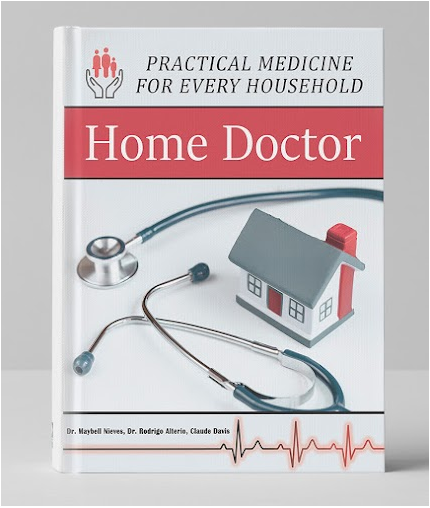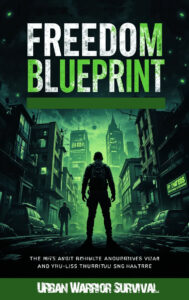
Popular
How to Start a Survival Garden in the City (Even with Limited Space)
Step-by-Step Guide to Locating and Making Water Safe in an Emergency

Water is the most essential resource for survival, yet it is often taken for granted. In a worst-case scenario where municipal water systems fail, knowing how to find and purify water can mean the difference between life and death. This guide will walk you through practical steps to locate and make water safe for consumption.
Step 1: Identifying Potential Water Sources
When the taps stop running, your first priority is to find a reliable water source. Here are some options:
Natural Sources: Rivers, lakes, ponds, and streams are primary options. Look for moving water whenever possible, as stagnant water is more likely to be contaminated.
Rainwater Collection: Setting up tarps, buckets, or containers to collect rainwater is one of the safest and most effective methods of obtaining clean water.
Underground Sources: Wells and underground springs are excellent, though accessing them without a pump may be challenging.
Man-Made Sources: Water heaters, toilet tanks (not the bowl), and pipes still contain residual water that can be used in an emergency.
Urban Water Sources: Public fountains, swimming pools (for non-drinking purposes unless properly purified), and even large plant leaves can provide some moisture.
Step 2: Filtering Out Debris and Contaminants
Water collected from any natural or unconventional source will likely contain dirt, debris, or harmful microorganisms. Before purification, filter the water to remove visible contaminants.
Cloth Filtration: Pour the water through a clean cloth, coffee filter, or bandana to remove large particles.
Homemade Sand and Charcoal Filter: Layer sand, gravel, and charcoal in a container and pour the water through it for additional filtering.
Commercial Water Filters: If available, use portable water filtration systems like the LifeStraw or Sawyer Mini for an effective first layer of filtration.
Step 3: Purifying the Water
Even if the water looks clean, it can still contain bacteria, viruses, and parasites. Here are the best methods to purify it:
Boiling: Bring water to a rolling boil for at least one minute (or three minutes at high altitudes). This is the most reliable way to kill harmful pathogens.
Chemical Treatment:
Bleach: Use unscented household bleach (5-6% sodium hypochlorite). Add 8 drops per gallon of clear water or 16 drops per gallon if the water is cloudy. Let it sit for 30 minutes before drinking.
Iodine Tablets: Follow the manufacturer’s instructions. Iodine-treated water should be used temporarily, as long-term consumption can affect thyroid health.
Solar Disinfection (SODIS): Fill a clear plastic or glass bottle with water and leave it in direct sunlight for at least six hours. The UV rays will kill most pathogens.
Portable Water Purifiers: Devices like UV sterilization pens and pump filters with built-in purifiers are great for emergency use.

Step 4: Storing and Preserving Clean Water
Once water has been purified, it needs to be stored safely to prevent recontamination.
Use Clean Containers: Store water in clean, food-grade containers with tight-sealing lids.
Keep It in a Cool, Dark Place: Direct sunlight and heat can encourage bacterial growth in stored water.
Label and Rotate Supply: If storing water for long-term use, label the containers with purification dates and rotate them every six months to maintain freshness.
Step 5: Conserving and Maximizing Water Use
When water is scarce, it is crucial to use it efficiently.
Prioritize Drinking Water: Stay hydrated before using water for hygiene or cooking.
Reuse When Possible: Water used for rinsing food can be repurposed for cleaning or watering plants.
Minimize Waste: Use a damp cloth instead of running water for cleaning hands and face.
Conclusion
In an emergency situation where tap water is no longer available, knowing how to find and purify water is a critical survival skill. By identifying reliable water sources, filtering out debris, purifying effectively, and storing it properly, you can ensure a steady supply of safe drinking water. Preparedness is key—start practicing these techniques today to be ready for any situation.
Follow on Spotify
LEARN MORE ON YOUTUBE!
ADVERTISEMENT
ADVERTISEMENT
ADVERTISEMENT
ADVERTISEMENT
RELATED POST
Address List
-
123, Any Street North
Your City Name
Country Name. P.O 3554 - +1 234 567 8902
- Urban Warrior Survival
Social Networks
- B.Roc Survival Podcast
- Discord
- Patreon
- Youtube
Links List
B.Roc Survival Inc.
All rights reserved









